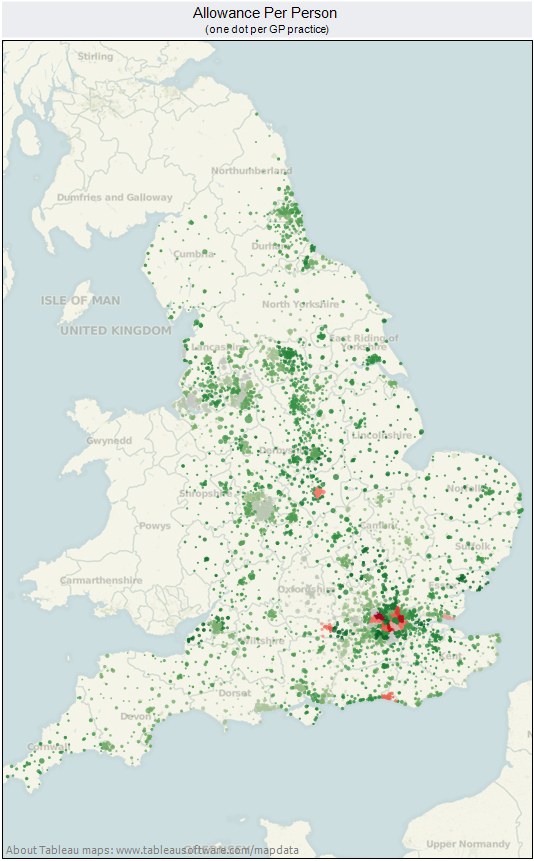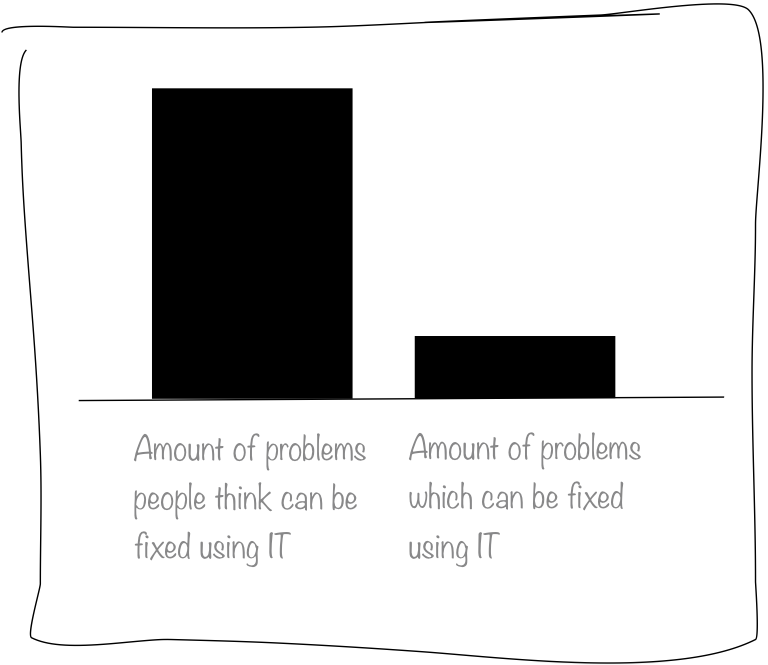We have a lot of metrics in the NHS designed to act as proxies, early warnings, of failings. In hospitals we monitor incidence of pressure ulcers, healthcare acquired infections, readmissions, “never” events, complaints and probably a dozen more. Then of course we have the grand-daddy of them all, risk-adjusted mortality. (Actually we have at least three different risk adjusted mortality metrics, but that’s for another time.) What do all of these have in common? They predominantly tell us when things have gone wrong after they’ve gone wrong. It got me thinking, are there things we might measure to give us a hint things are going wrong, er, before they’ve really gone wrong.
This thought was knocking around the back of my head they other day whilst in conversation with a colleague. He had previously worked in a Trust which, managerially speaking, had fallen off the rails. I won’t relay the whole story, but the part of the tale I was interested in was of the systematic and fairly rapid loss of corporate knowledge as one by one key staff voted with their feet.
It’s a pattern I’ve seen before.
I’ve long believed that most hospitals operate on an unacknowledged network of the disproportionately proficient. You won’t find a list of them. There’s no org diagram on which their names are highlighted. They’ll be of widely different ranks, professions and formal status. They certainly won’t all be directors (and sometimes none of them will be). But ask anyone who’s worked there for a while and you’ll quickly get half a dozen names reeled off at you. Many of them will have worked there for 5, 10, 15 years, seen several changes of management and kept the ship sailing throughout. When an organisation goes really bad, these are the people who leave.
Could we measure for that? Not exactly, but we could maybe get close. My hypothesis is this. A big drain in the organisation’s senior experience predicts problems to come.
And here’s my suggested formula:
(E)xperience = the sum of years spent with the organisation for all AfC band 7-9 & VSM
(L)ost Experience = the sum of (E)xperience for those who’ve left the organisation in the last 12 months.
Experience Loss (R)atio = (L)ost Experience / (E)xperience
It’s a kind of turnover measure, but in units of years’ experience rather then WTEs or heads.
It ought to be calculable for all Trusts, retrospectively, from nationally held Electronic Staff Records. Which opens the door to some interesting benchmarking and analyses. Perhaps someone with more time and access than me could test my hypothesis. Or perhaps someone’s already done it?
If so, let me know.



